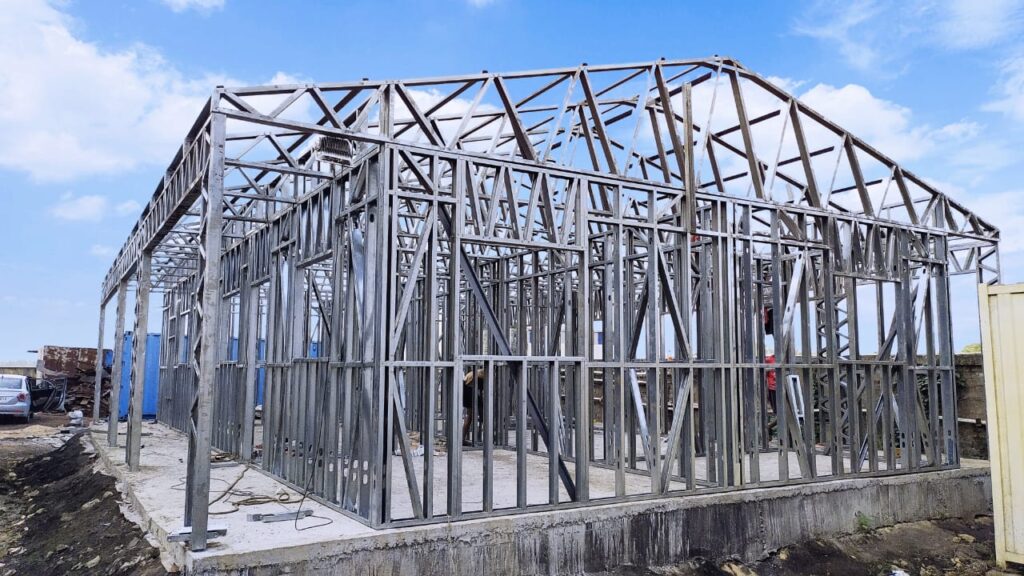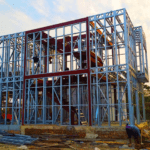How does LGSF (Light Gauge Steel Framing) technology differ from traditional building construction methods?
Light Gauge Steel Framing (LGSF) technology differs from traditional building construction methods, such as wood framing or concrete block construction, in several key ways. Here are some of the main distinctions:

- Material:
- LGSF Technology: Light Gauge Steel Framing involves the use of thin steel sections (typically cold-formed steel) that are manufactured off-site and then assembled on-site. These steel sections are lightweight and can be easily transported and handled.
- Traditional Construction: Traditional methods often involve materials like wood, concrete, or masonry. Wood framing is common in residential construction, while concrete and masonry are often used in commercial and industrial buildings.
2. Construction Process:
- LGSF Technology: The construction process for LGSF is often faster than traditional methods because many components are manufactured off-site with high precision. On-site assembly involves connecting pre-fabricated steel sections using screws or welding.
- Traditional Construction: Traditional methods may involve more on-site fabrication, such as cutting and shaping wood or pouring and curing concrete. This can result in longer construction times.
3. Strength and Durability:
- LGSF Technology: Steel framing is known for its strength, durability, and resistance to various environmental conditions. It is not susceptible to rot, pests, or decay, which can be issues with some traditional materials.
- Traditional Construction: The durability of traditional materials depends on the type used. For example, wood may be susceptible to rot and insects, while concrete and masonry are generally durable but may be prone to cracking.
4. Design Flexibility:
- LGSF Technology: Light Gauge Steel Framing allows for precise designs with a high degree of flexibility. The material’s strength allows for open floor plans and innovative architectural designs.
- Traditional Construction: Traditional methods also offer design flexibility, but certain materials may have limitations. For example, large open spans might require additional support in wood framing, whereas steel framing can handle such spans more easily.
5. Environmental Impact:
- LGSF Technology: Steel is a recyclable material, and using it in construction can contribute to sustainability efforts. Additionally, the precision manufacturing in LGSF can result in less waste during the construction process.
- Traditional Construction: The environmental impact of traditional methods depends on the materials used. Wood is renewable but may involve logging practices, while concrete production can have a significant carbon footprint.
6. Cost Considerations:
- LGSF Technology: While steel itself can be more expensive than some traditional materials, the overall cost of construction may be competitive or even lower due to faster construction times, reduced labor costs, and minimal waste.
- Traditional Construction: The cost of traditional construction can vary depending on the materials and labor involved. Wood framing is generally cost-effective, but factors like on-site labor and project duration can influence overall costs.
know more about LGSF Technology
Both LGSF technology and traditional construction methods have their advantages and disadvantages, and the choice between them often depends on project requirements, budget constraints, and specific design considerations.







































